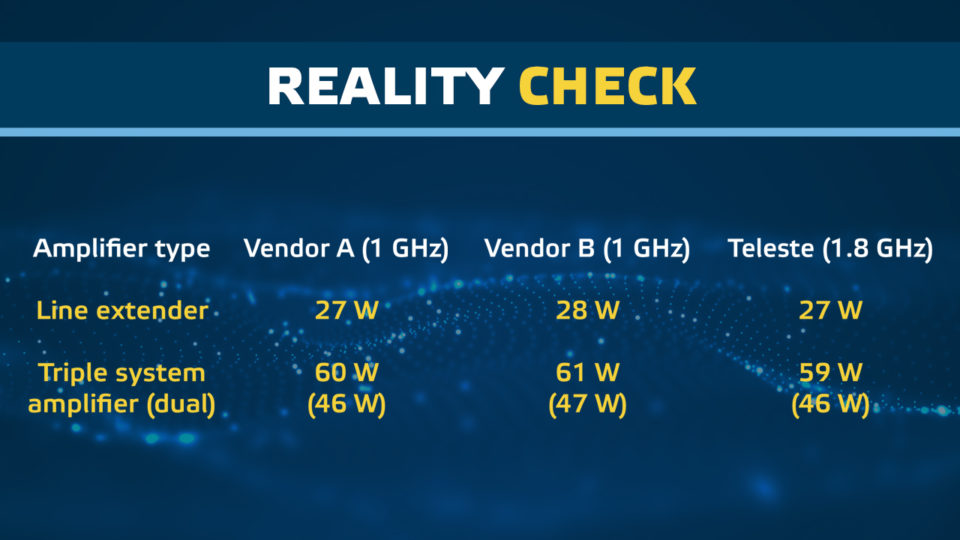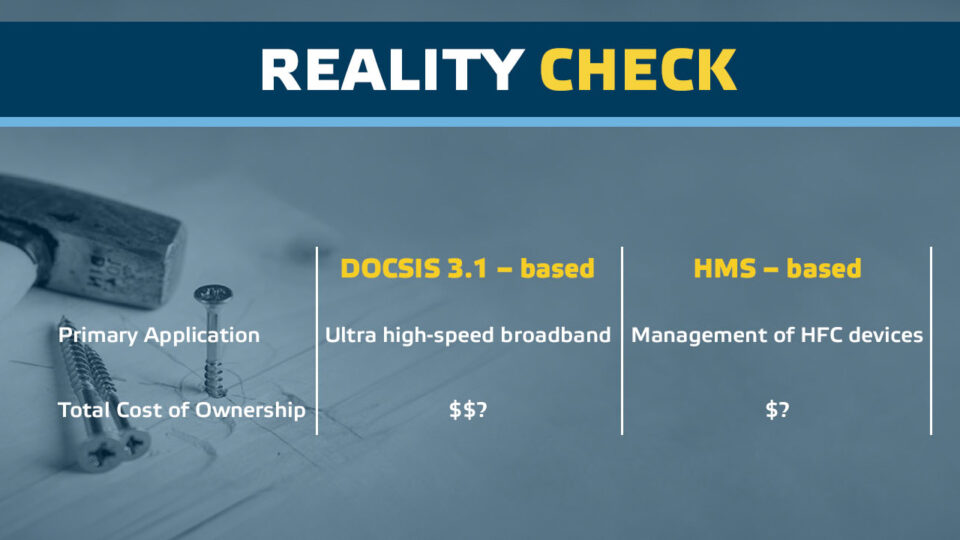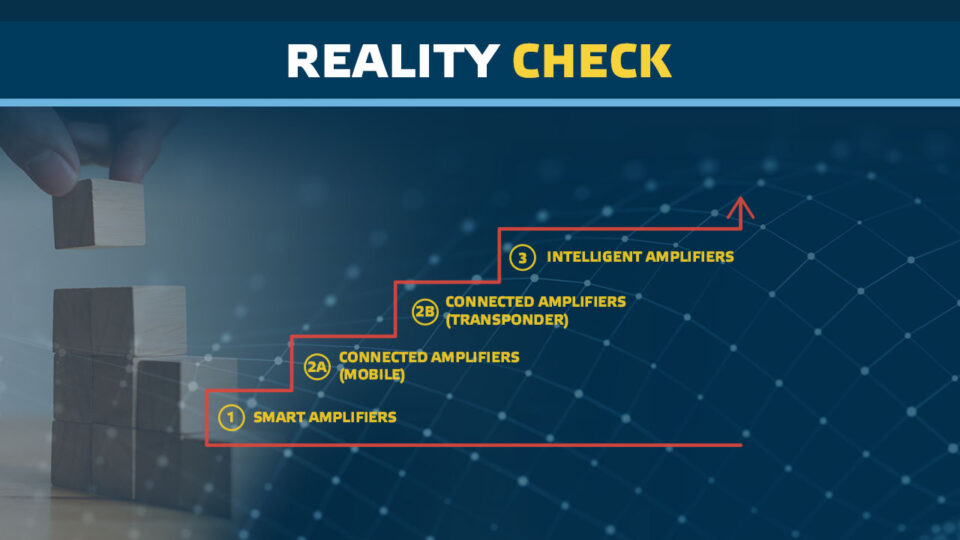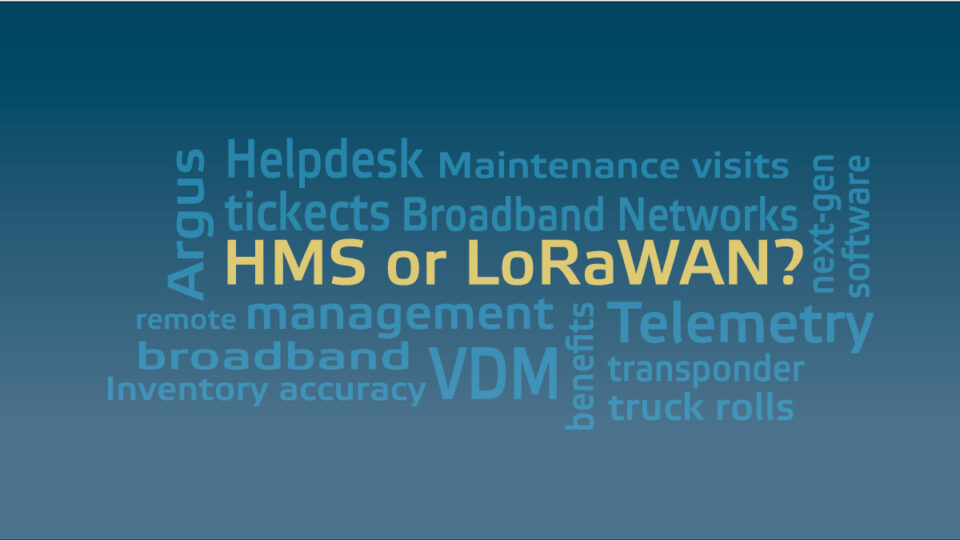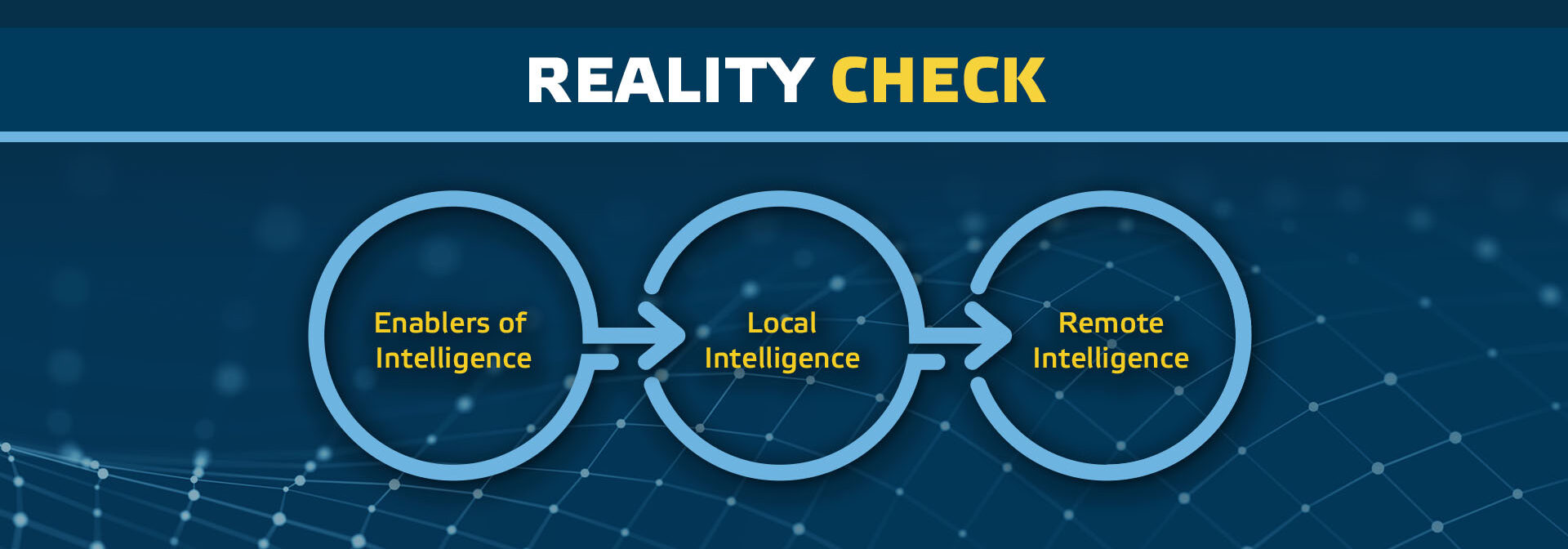
Structuring intelligence to take the next steps in cable networks
In recent years, the cable industry has introduced a range of new concepts and technologies—smart amplifiers, connected amplifiers, telemetry, and intelligent networks, to name a few. In our previous Reality Check article, we established a framework for categorizing amplifier capabilities; here, we apply a similar approach to defining intelligence as a concept increasingly used across cable networks and intelligent devices. Notably, our focus is not on theoretical possibilities but on functionalities already in full production across leading cable operators. While we don’t delve into specific products that facilitate the orchestration of intelligence, this presentation may serve as a practical guide for readers who prefer executive summary over abstract concepts and the categories we outline next.
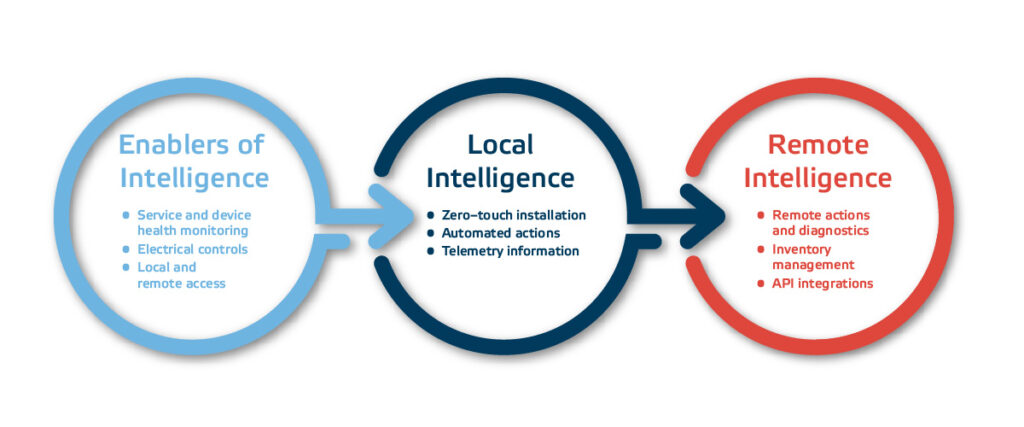
We classify intelligence into two primary categories: (1) local and (2) remote, both of which rely on a suite of capabilities within intelligent amplifiers, referred to as enablers of intelligence. The figures above and below serve as useful references as we explore these distinctions. Let’s start with enablers.
Enablers encompass the core capabilities embedded within intelligent RF amplifiers. These include upstream and downstream monitoring functions that help operators assess service integrity. Additional features, such as internal temperature monitoring and built-in hardware diagnostics, offer critical insights into an amplifier’s health. Electrical controls enable fast, uninterrupted, and automatic amplifier alignment, eliminating the need for separate physical pads. Another example is the intelligent control of gain block bias current, which can reduce amplifier power consumption. Furthermore, IP connectivity—enabled through selected protocols like HMS—facilitates remote access, advancing the amplifier’s broader capabilities. With these enablers in place, we can now explore local intelligence.
Local intelligence consists of the automatic, real-time actions that intelligent amplifiers can perform independently, along with the data they generate to support remote intelligence. For instance, auto-alignment—enhanced by embedded plug-ins and electrical controls—enables zero-touch installation. Automated functions extend beyond alignment; intelligent power-saving, ingress suppression, ALSC (Automatic Level and Slope Control), and RFF (Return Follows Forward) can all be activated based on operator preferences. Data provided by amplifiers, such as device ID, location, health status, measurement data, and warnings/alarms, is commonly known as telemetry information. Although telemetry data may serve certain local functions, its primary value lies in enabling remote intelligence.
Remote intelligence includes (1) the automation or augmentation of manual tasks and remote diagnostics through cloud-based or dedicated server management systems. These mechanisms optimize RF parameters, mitigate noise, enhance intelligent power-saving, and support amplifier software upgrades. Remote diagnostics further reinforce troubleshooting by enabling both proactive and reactive approaches; (2) inventory management, which provides a comprehensive view of deployed devices, including hardware and software versions, locations, and interconnections, enhancing understanding of the network’s topology; and (3) the integration of additional applications via API. The API enables the seamless addition of new applications, enhancing information flow, supporting automation, and allowing operators to incorporate advancements in machine learning and artificial intelligence that will further shape the management of intelligent cable networks.
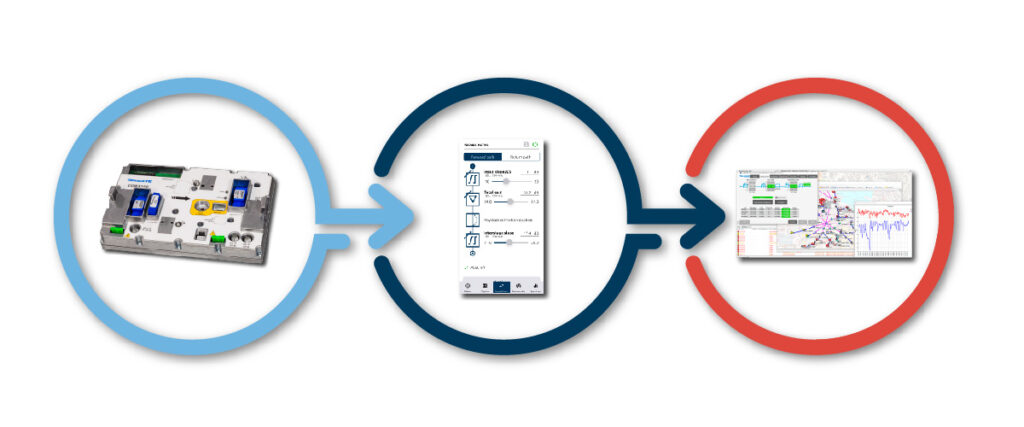
With cable networks evolving to become more intelligent, cable operators can benefit from adopting these three key steps:
- Establish essential enablers
- Leverage telemetry data for remote intelligence
- Stay ready to integrate new technologies, such as machine learning
By following these steps, operators can better harness the potential of intelligent amplifiers and be well-positioned to manage the next generation of cable networks. Stay smart, connected, intelligent, and ahead with our innovations. Explore our earlier insights and reality checks at the links below.
Download presentation
Discover more reality checks
